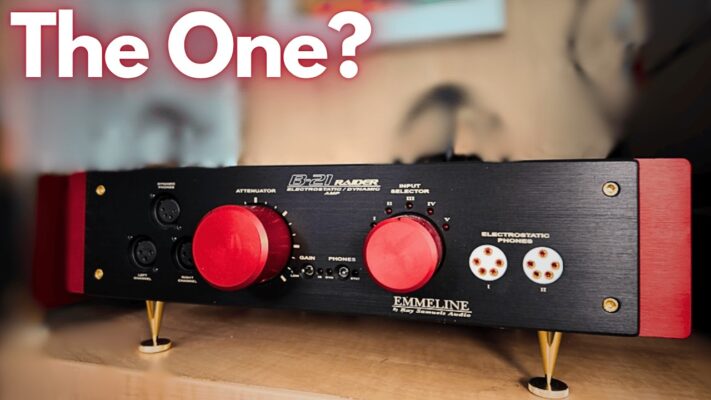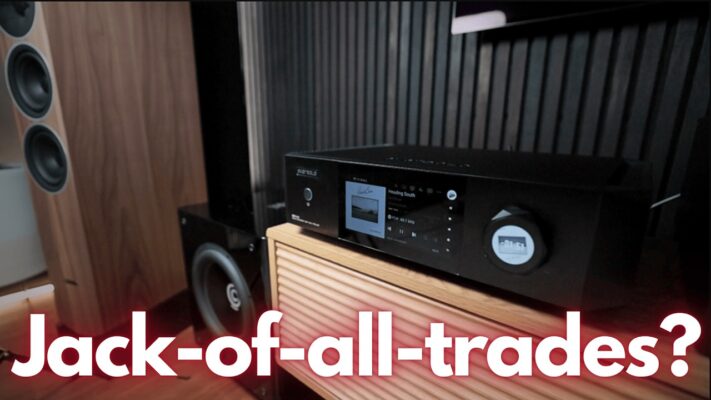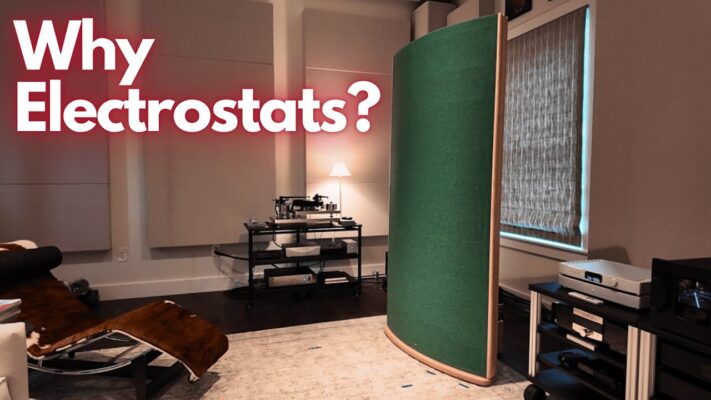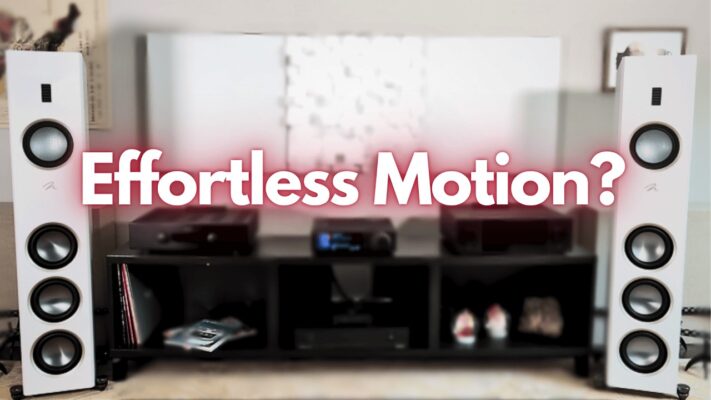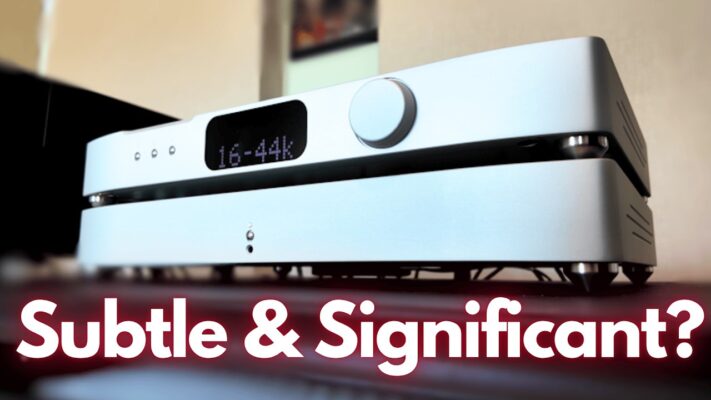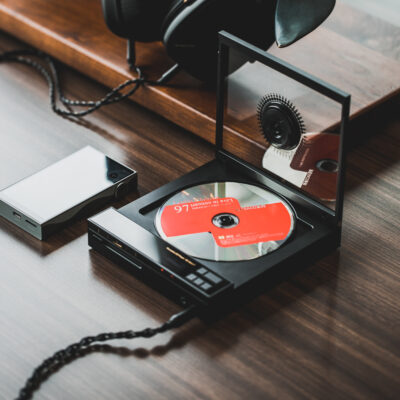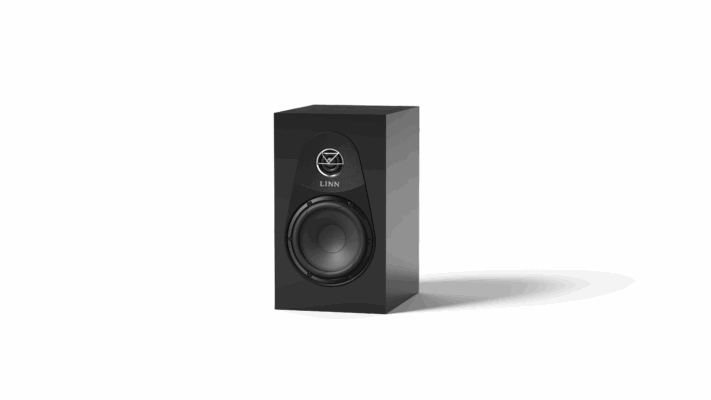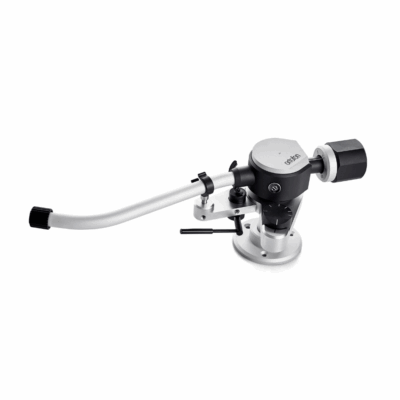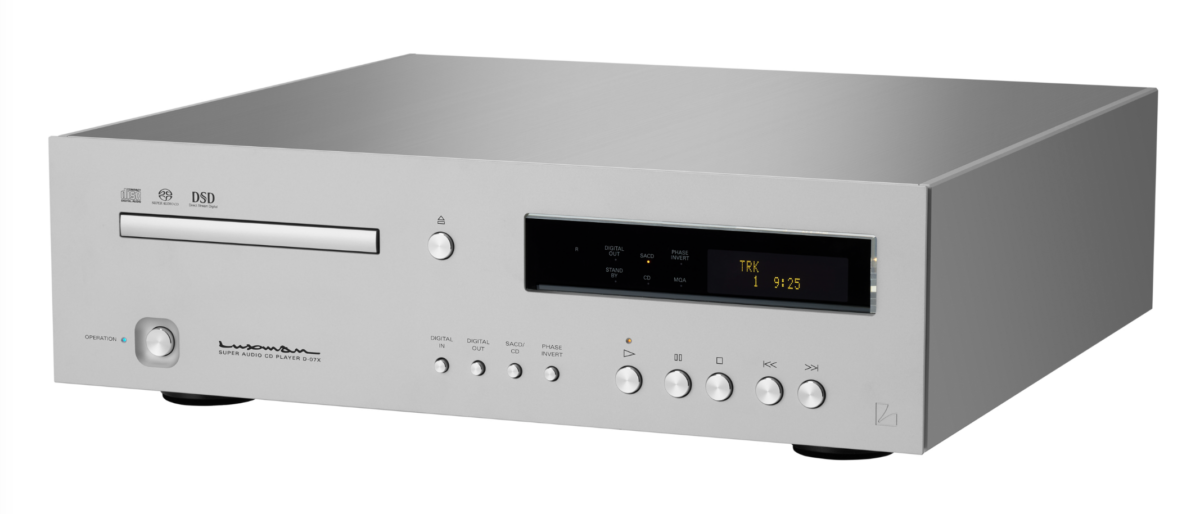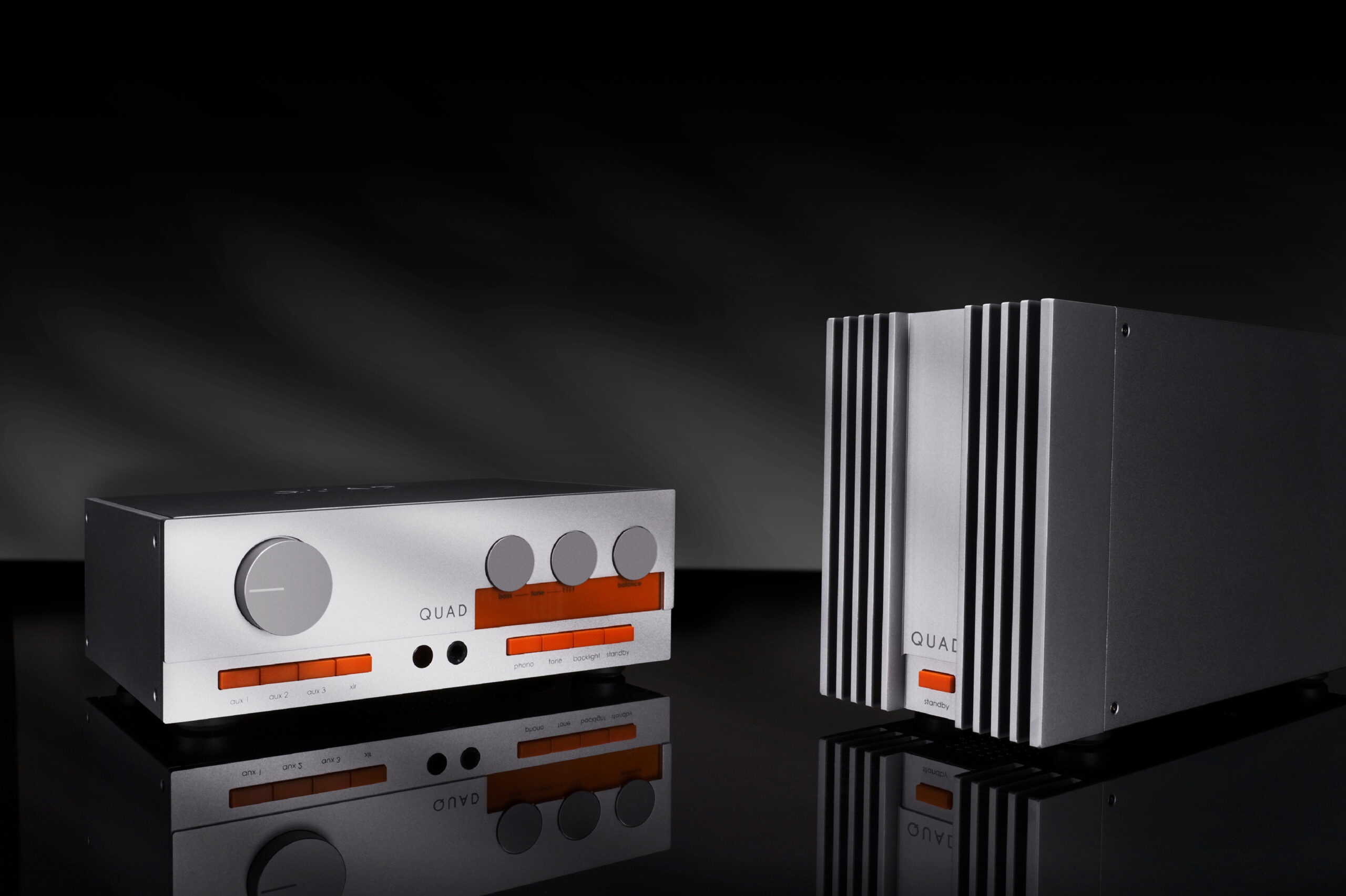
Nostalgia ain’t what it used to be.” This aphorism has been circulated for as long as I can remember. However, it is only thanks to the power of the internet that I can assert, with some degree of certainty, that it is formally attributed to the American writer Peter de Vries in his 1959 novel The Tents of Wickedness. Just eight years after that publication, another Peter, Peter Walker, founder of Quad Electroacoustics, released the company’s first solid-state technology amplification system in the form of the 33/303 combination. He referred to them as a control amplifier with a matching power amplifier.
Pictures used in advertising at the time show a couple sitting in front of a single Quad ESL electrostatic loudspeaker, the latter being launched in the same year as the amplification system. When I first saw pictures of the new Quad 33/303 combination in the later months of 2024, my first and overwhelming sensation was a wave of nostalgia, which was what it used to be. Although I was only a teenager when Quads appeared, I was already well aware that the Dansette player I was using might not be the last word in audio reproduction.
Burning a Hole
In 1981, with money from a significant commission cheque burning a hole in my pocket, I ventured into a hi-fi shop close to where I worked in Tottenham Court Road, London. After several visits and long chats with the salesman, Lee, I purchased my first ‘proper’ audio system. A Quad 44. control amp, a Quad 405 MkII stereo power amplifier, a pair of Rogers Studio One loudspeakers, a Luxman direct drive turntable and a Luxman cassette player/recorder. That system served me for over a decade until I replaced the 405 with a later Quad design, the 606, while the Rogers gave way to another British design, the Castle Howards.
So why am I dwelling so much on the past? In the intervening decades, I spent tens of thousands of pounds on audio equipment without finding anything that served me better than that original system. Only when I stepped from in front of the counter to behind it in audio retail could I start building what I now consider my ultimate system, which combines terrific sound with domestic acceptability. As a reviewer, I am privileged to hear many different components, which I enjoy hugely. Still, I usually have them here for some time, learn their strengths and occasional weaknesses, write about them, and send them back. I rarely get excited about a forthcoming “guest” component, but when I read about the new Quad33/303 combination, I was bursting with enthusiasm.
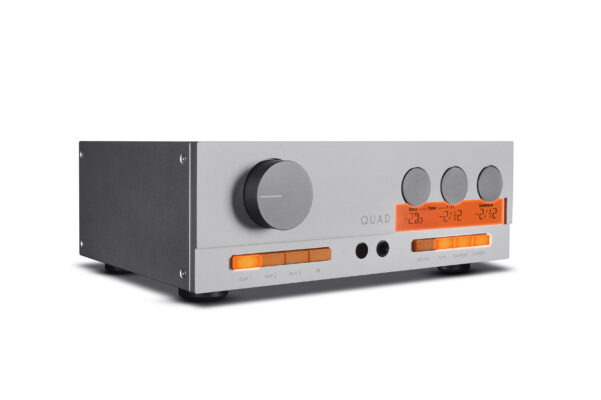
Nostalgia was a factor, but so was curiosity and an enduring fondness for the Quad brand.
Enthusiasm Justified?
Before we know whether I was right or wrong to have been so enthusiastic, let me describe these brand-new, twenty-first-century versions of the pre and power amplifiers. They may strongly resemble their ancestors but are very much contemporary under the surface. Starting with the 33, my first impression when I lifted it from the box was its solidity. It feels sturdy, and the toroidal transformer within it gives it a reassuring weight. Once on the rack and wired up, the LED illumination gives off a wonderful orange glow. Looking at the front panel, on the left is a rotary control for volume, and below that, four rectangular buttons marked Aux 1.2 and 3 and XLR. To their right are two small black circles, one being the receiver for the remote control and the other a full-size headphone input. To the right are four rectangular buttons: Phono, Tone, Backlight, and Standby. Above those is the backlit LED screen, which shows how much bass adjustment has been applied, how much Tilt has been dialled in and whether or not the balance has been adjusted. These three functions are controlled via rotary controls above the LED screen.
So, what is Tilt? Peter Walker developed this idea because he felt that separate tone controls were inadequate and clumsy. Quad says, “The Tilt control differs in that it adjusts both ends of the frequency spectrum together, either attenuating the bass and lifting the treble or lifting the bass and attenuating the treble in 1dB steps.
“It rotates – or tilts – the audible frequency range on a 700Hz axis, thereby adjusting the overall sound balance with ‘warm’ or ‘cool’ hints without altering volume or adding colour to the sound. This feature is unique to QUAD and offers a subtle, precise, and consistent way to adjust your system’s performance and compensate for recordings or environments.” My old Quad 44 was equipped with a Tilt control, so this was not a new concept for me, but it may take some acclimatisation for someone new to Quad.
Switchgear
The rear panel offers an IEC input socket for mains power from the bottom left. Above that is an on/off rocker switch. The next cluster of sockets relates to output. There is a pair of XLRs and a pair of RCAs, allowing the user to choose either, and then a second pair of output RCAs marked Aux for connection, for example, of a subwoofer. The right-hand side is given over to inputs – a pair of XLRs and two pairs of RCAs, and above them, two pairs of RCAs, the right-hand ones being for access to the built-in phono stage. There is a grounding pin to the right of those. A tiny pair of sockets for the 12v trigger system is also available for powering up the 33 and the matching 303 power amplifier simultaneously. The supplied remote control is excellent, allowing access to the tone controls and the inputs while giving precise level settings for the volume.
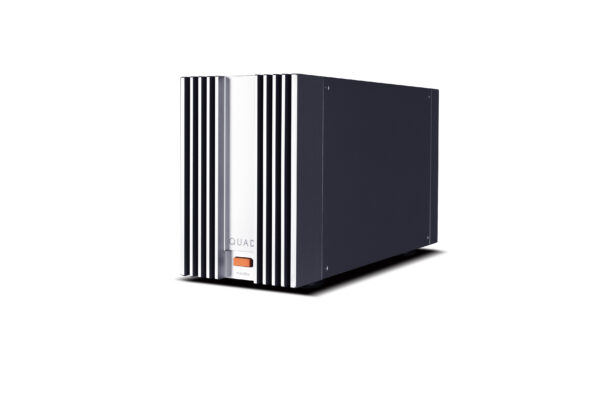
Turning to the 303 power amplifier, the designers at Quad have remained faithful to the original version in terms of size and shape but have again built a contemporary piece of engineering within the familiar exterior. At the flip of a switch on the rear panel, the 303 can be used as a singleton stereo amplifier, putting 50W per channel into an eight-ohm load or 70W into four ohms. It offers the user the choice of XLR or RCA connection to a pre-amplifier, two pairs of multiway binding posts and an IEC input socket with an on/off rocker switch above it. The front boasts just the single orange rectangular switch in the lower centre, which brings the unit out of standby mode and is illuminated when the power is on.
I started the review using a single 303 in stereo mode. I connected the visiting Gold Note CD5 (reviewed next issue) using Tellurium Q Ultra Silver II XLR cables, and the guest turntable, a Michell Orbe SE, fitted with Michell’s own Cusis M moving coil cartridge in the Michell TechnoArm A-II was plugged into my own Gold Note PH10/PSU phono stage. This was connected with Vertere RedLine RCA cables to the 33. My pair of Harbeth Compact 7ES XD loudspeakers completed the system, connected to the 303 using Tellurium Q Ultra Silver II cables.
Listening To The 33/303
As I do not own a standalone DAC, and the 33 is strictly an analogue-only device, I used only CD and vinyl throughout the sojourn of the Quads at Kelly Towers. I let the units warm up for a day with a selection of compact discs before starting to do any serious listening, but even cold from the box, I was struck by the engaging nature of the sound being delivered. The first CD to be loaded into the Gold Note’s drawer was Audio Fidelity gold CD issued in 2011 of Crosby Stills and Nash’s eponymous first album from 1969. As the opening notes of the first track, ‘Suite: Judy Blue Eyes’, poured into the room, I was drawn into the music. Stephen Stills and his bandmates had wandered into my room and were positioned just ahead of the loudspeakers. Their voices were clear, well-defined and, for me at least, as lovely as ever. I had intended to play just a few tracks but could not tear myself from my chair until the last track ended.
I played a couple more compact discs, then switched to vinyl, and was not surprised that from the outset, this sounded terrific. As I was on a Stephen Stills kick, the first album onto the Orbe SE’s platter was an original 1972 copy of Manassas on the Atlantic label. Although Stills’ name is prominent on the cover, this is truly a band effort, and all the better for it. The four sides each have a theme, and side one is titled ‘The Raven’, and starts with the rocking ‘Song Of Love’ and ends with the gorgeous ‘Both Of Us (Bound To Lose)’, on which Stills the writing credit with Chris Hillman, formerly of the Byrds, but a key member of this band. The music had real rhythmic drive, and with the volume advanced halfway through, it was an awe-inspiring performance.
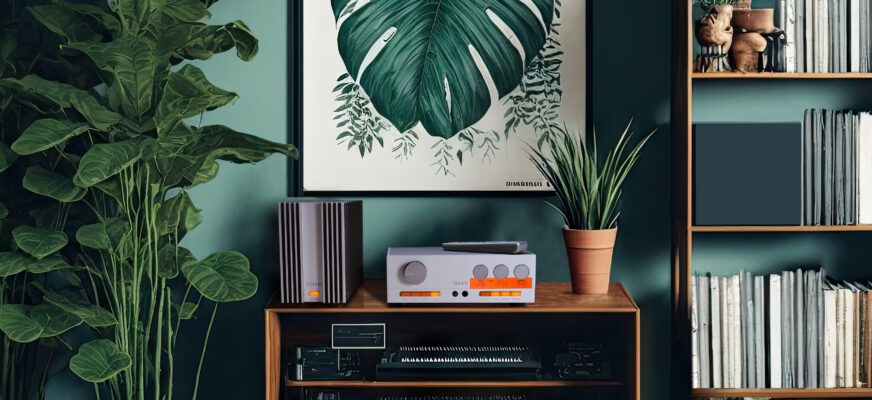
Unable to resist, I reconfigured the system, adding the second 303 I had been sent and now running a pair of them, bridged to mono. The power output was increased to 140W into eight ohms and 170W into four ohms. I cued up Manassas again and lowered the stylus onto the black disc. Oh my goodness! The same music positively leapt from the Harbeths, transporting me to the studio with the band and encouraging me to listen to their contribution while immersed in the overall sound.
Record after record followed because this system made me want to keep playing music. From modern pop à la George Ezra through 1950s jazz via rock, folk, classical and electronica, the 33/303 trio delivered. Two final system changes had to be made to complete the review process. First, the Gold Note PH10 was disconnected from the 33, and the Michell’s cables were attached to the phono input on the pre-amplifier. Setting up the Moving Coil was a straightforward process. I cued up the second side of my early 1970s pressing of Pink Floyd’s Meddle. I sat through the 20+ minutes of ‘Echoes’, absolutely absorbed in the complex music. This fine phono stage is extremely quiet when not playing and will make a fine match with many mainstream cartridges.
Lastly, I removed the Harbeths from the system and replaced them with a pair of Wharfedale Super Lintons mounted on their dedicated stands. Again, I allowed the newcomers some time to warm up before sitting to listen more closely. What a team they make, the Quads and the Lintons. Yes, this turned the nostalgia to 11, as I had lived with a pair of original Lintons in the early 1970s. However, this modern version is a better-built and sounding device than its illustrious forebear. Modern drive units, a carefully designed crossover, and much higher quality cabinetry and internal bracing make this new version impossible to ignore at its price point. That said, I found this whole system’s visually retro appeal irresistible.
Final Thoughts
At the end of the review period, I reluctantly dismantled this system. I liked the way it looked at the other end of our lounge, and I also had to enjoy the sound it created. If you have grown up with modern audio equipment, the Quads are slightly less analytical, perhaps a tad warmer tone than you are accustomed to. However, you will not want to hear details or musical communication.
If I were buying and had the budget, I would go for the 33 with a pair of 303s. You will own a first-class amplification system for under £4,000 here in the UK. If they were coming here, I would site each 303 close to the speaker, which it was to drive, using the ability of XLR to carry the signal the width of the listening room for the 33 and requiring much shorter runes of loudspeaker cable. I would also set up the 12V trigger system so the 303s woke up when I took the 33 off standby. More than once in the first days of their time here, I took the 33 out of standby, cued up some music, and then was momentarily puzzled by the absence of music, having forgotten to wake up the power amplifiers. They turn themselves to standby mode if they detect no signal for a period. My feeble excuse is that my amplifier is integrated, so I never have to take that extra step.
If you prefer to stream their music, remember that the 33 will require you to connect an external DAC, as it is is resolutely analogue only. I enjoyed the forced abandonment of my iPad and a full-time return to using physical media. One unexpected but welcome consequence was that I listened to whole albums, undistracted by fiddling with an app to find the next piece to play.
It came as no surprise that the Quad/Harbeth combination worked so well. I know that Alan Shaw, who designs Harbeth loudspeakers, uses a Quad 405MkII as one of the tools in his development laboratory. However, I am sure the amplifiers will work well with many modern loudspeakers. They have enough power to stir even the most challenging loads into musical action.
When the Quads arrived, I fell for their looks. By the time they left, I had fallen for their performance. These are a first-class, carefully conceived, and brilliantly executed homage to Quad’s illustrious history but should appeal equally to those unfettered by the remembrance of times past and are highly recommended.
Specs & Pricing
Quad 33
Type: Line and Phono Preamplifier with headphone amplifier
Inputs: 3 x RCA, 1 x Balanced XLR (pair), 1 x Phono (MM/MC switchable)
Outputs: 1 x RCA (AUX), 1 x XLR, 1 x RCA (Pre Out), 1 x Headphone, 2 x 12V Trigger Out
Frequency Response: 20Hz – 20kHz (±0.2dB)
THD: <0.0005% (1kHz, Line/XLR), <0.002% (1kHz, Phono MM / MC)
Signal-to-Noise Ratio: > 108dB (A-weighted, Line/XLR), > 82dB (A-weighted, Phono MM), > 74dB (A-weighted, Phono MC)
Output Impedance: 120Ω
Headphone amplifier output impedance: 2.35Ω
Headphone amplifier load impedance: 20-600Ω
Dimensions (WxHxD): 25.8×8.3×16.5cm
Weight: 4kg
Price: £1,199, $1,599, €1,499
Quad 303
Type: Class AB bridgeable stereo power amplifier
Inputs: RCA stereo pair, XLR stereo pair, 12V trigger
Outputs: Loudspeaker terminals, 12V trigger
Rated power output: Stereo: 2 x 50W (8Ω, THD<1%), Bridged: 140W (8Ω, THD<1%)
Frequency Response: 20Hz – 20kHz (±0.3dB)
THD: <0.002% (1kHz)
Signal-to-Noise Ratio: > 108dB (A – weighted)
Input impedance: 15kΩ (Line), 22kΩ (XLR)
Dimensions (WxHxD): 12×17.6×32.5cm
Weight: 8.4kg
Price: £1,199, $1,599, €1,499
Tags: PREAMPLIFIER AMPLIFIER POWER QUAD










